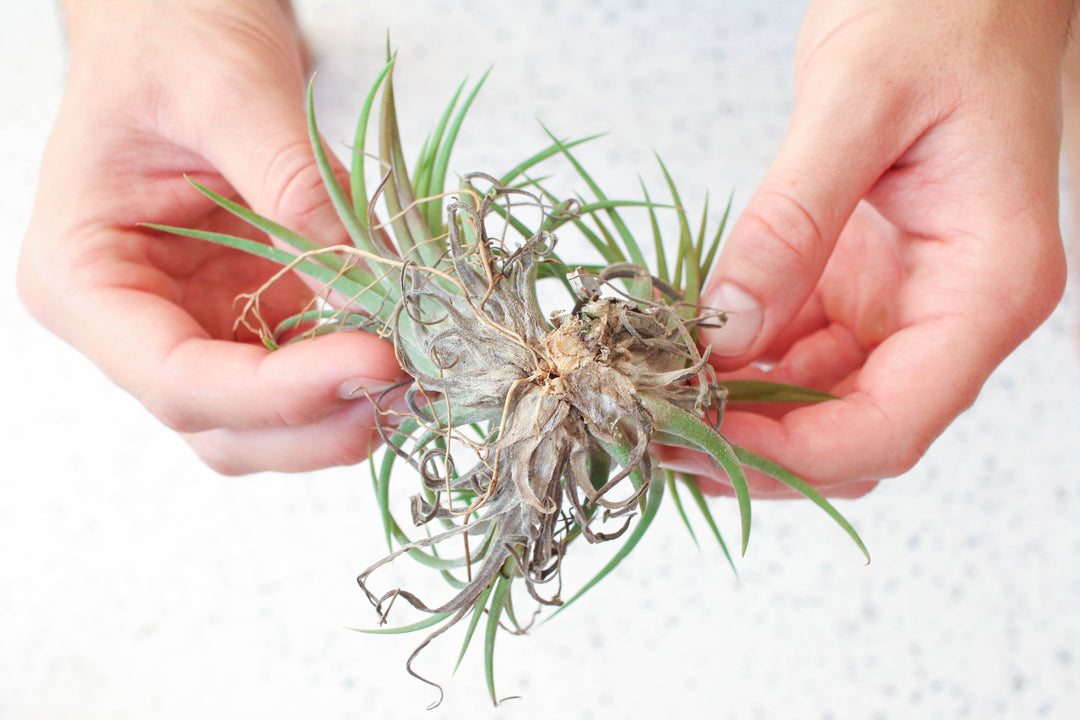
Help! My Air Plant is Dying...
Ever feel like pulling your hair out because NOTHING you do is working and your Tillandsia are dying? We’ve all been there. Sometimes it takes a bit of experimenting to identify exactly what the problem is and adjustments are necessary. Sometimes it could be out of your control, such as the weather. It could be the case that where you live is just not working for a particular species and its best to just order a different kind. If the problem is something that you can fix, take a deep breathe, stay patient, and follow our next few steps to identify the issue and turn it around!
First, let’s ask ourselves some questions...
-
Is your air plant getting the sun that it needs? Or is it getting too much direct sunlight, causing it to dry out and burn?
-
Could your air plant be getting not enough, or too much water?
-
Where do you live and what time of year is it?
These questions are a great place to start.
Let’s talk about sunlight!
Signs of sunburn include brown spots, dried out patches appearing on inside growth, and very unhealthy splotchy appearance of outside leaves. Signs of not enough sun are harder to see, but could include falling leaves, and leaves cupping inward.
If your air plant is outdoors, make sure that it is shaded by something and not receiving too much direct sunlight. If you suspect this could be the case, try moving it to a more covered area, or bringing it inside for the time being while it regains it health. If your air plant is inside, make sure that is is getting access to enough natural sunlight or at least indoor fluorescent lighting. Try putting your air plant near a window. We recommend keeping them in south or north facing windows, as they will get more indirect sunlight than east or west.
Now, if you think that the sunlight is not the problem, let’s take a look at your watering schedule.
Signs of not enough water include curling leaves, and drying tips, while signs of too much watering could be some browning (rotting) on the bottom base of the plant. Inspect your plant to see if any of the signs are present.
If you suspect your air plant is thirsty, try giving it an immediate soaking for an hour or more. Let your plant fully dry before placing it back in its usual spot. From there try adding in an extra soaking or some mistings into your watering routine.
If its the other way around and you decide that your plant is being over watered, try removing the mistings from you watering cycle, or adding a few days between soaks. You should also inspect your air plant to make sure that it does not have any water sitting in its inner crevices. This is one of the main causes of rotting in air plants. Next time you water, gently shake out the plant and place it upside down, like a cup, to allow it to properly dry and do not place it back in to a terrarium or container until it is completely dry.
Keep in mind that where you live and what time of year it is could greatly influence the above factors. Generally if it is winter, the air will be dryer, the sun will be less strong, and if it is summer, it will be more humid and the sun will be at its strongest. You can use this information along with the physical appearance of your plant to help you decide which steps to take in trying to get your air plants back to a healthy state.


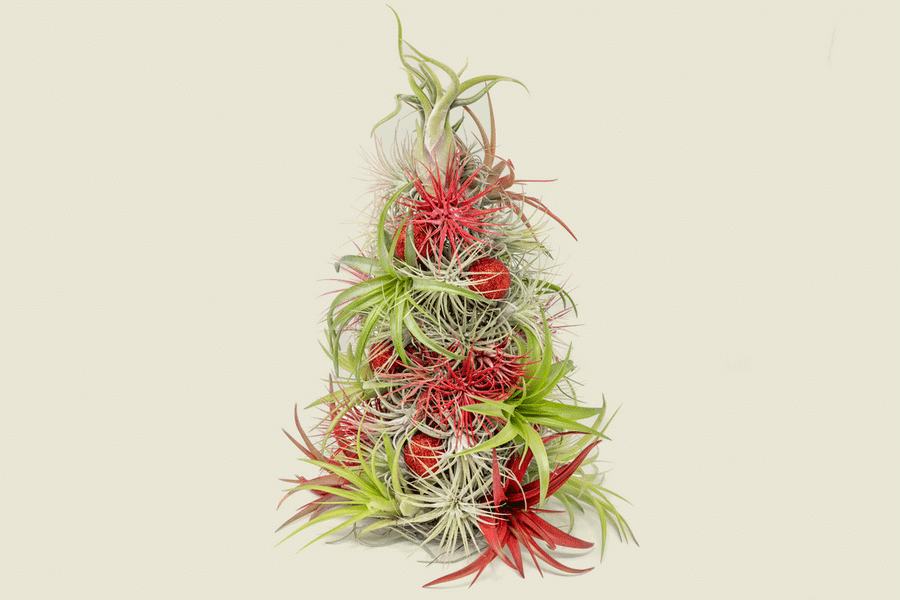
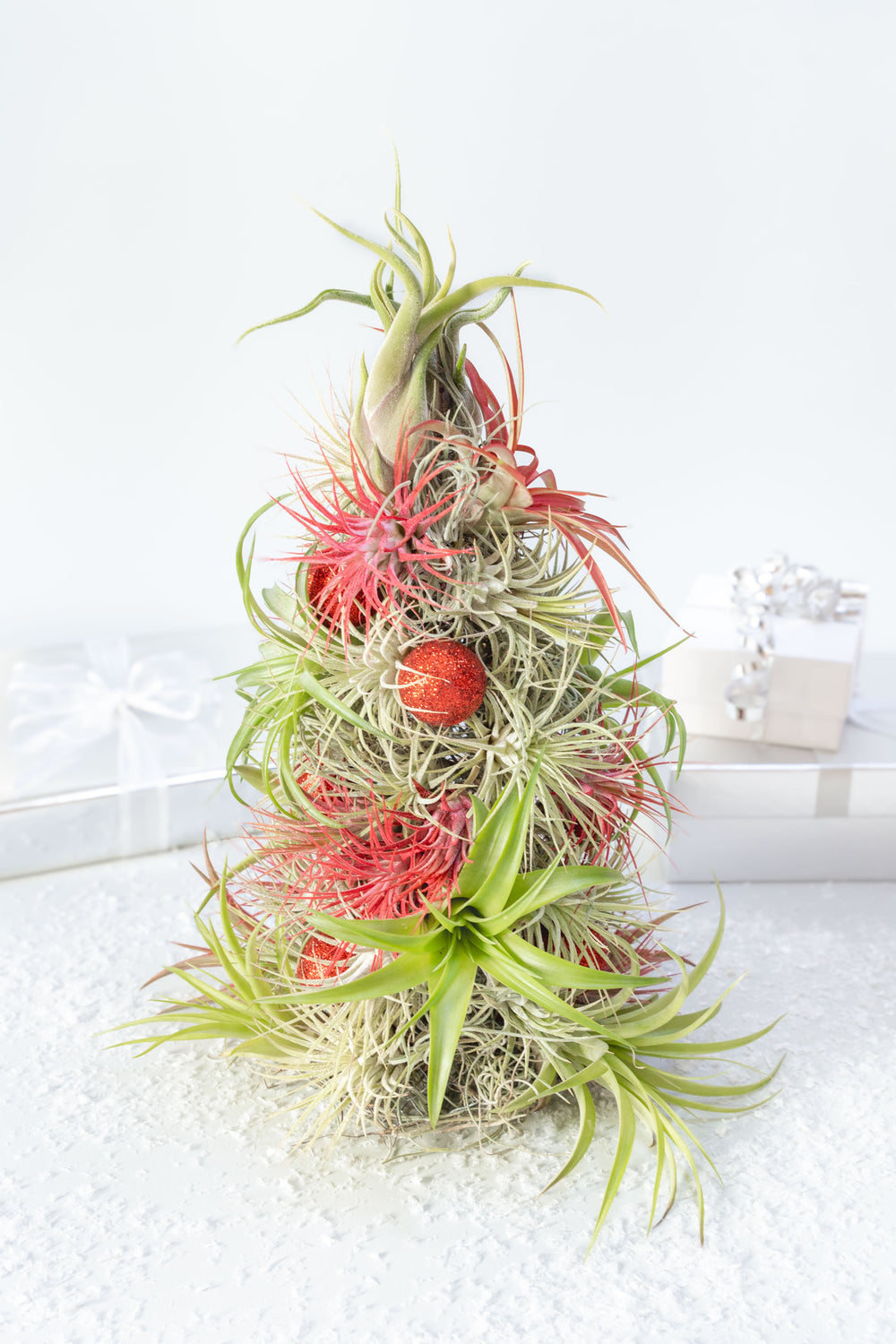
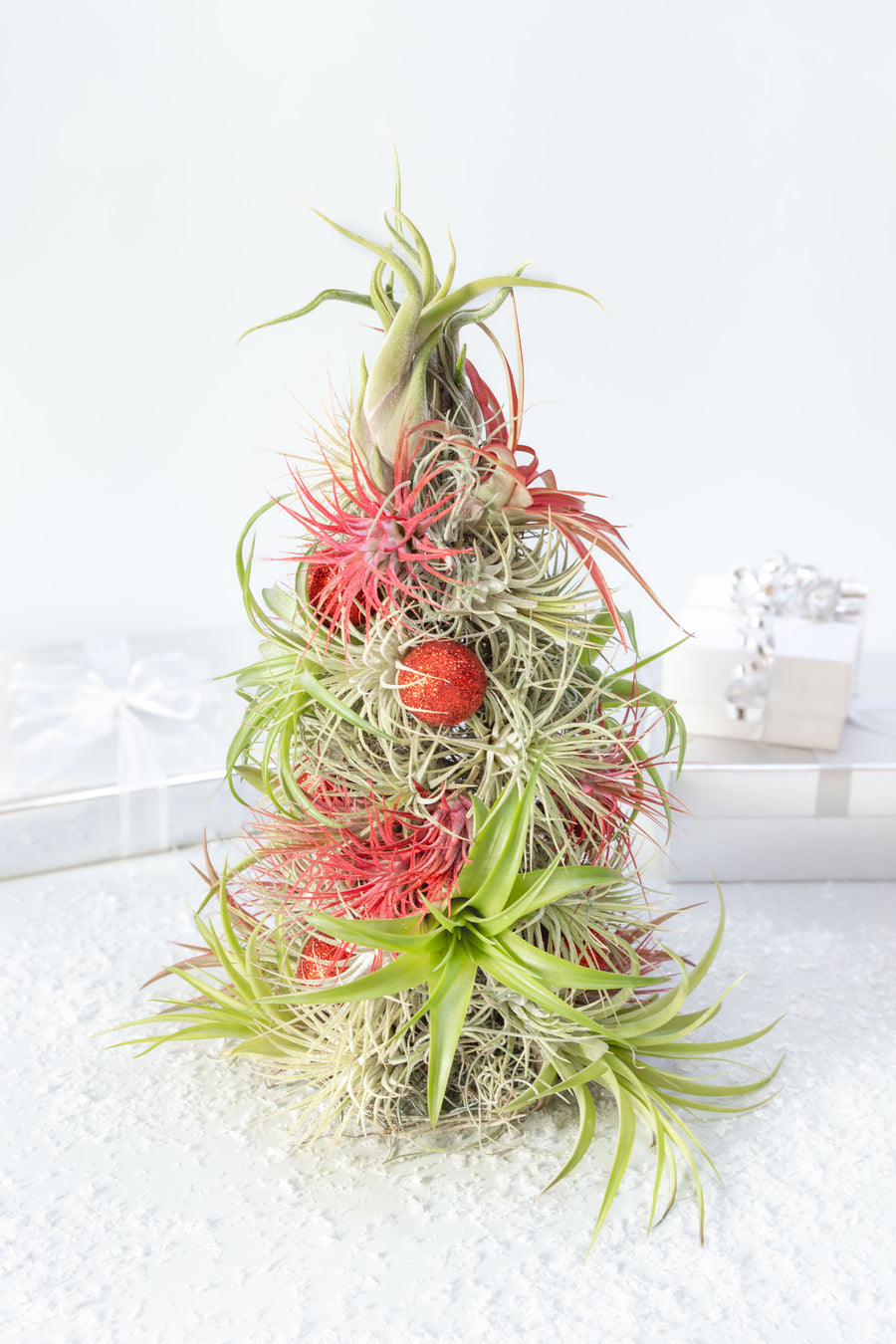
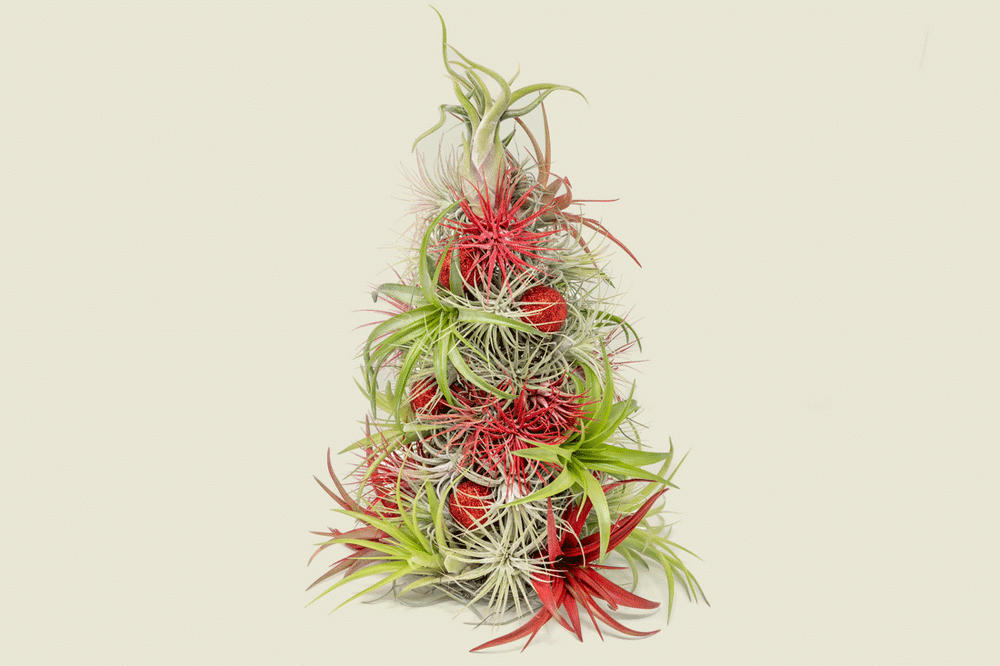

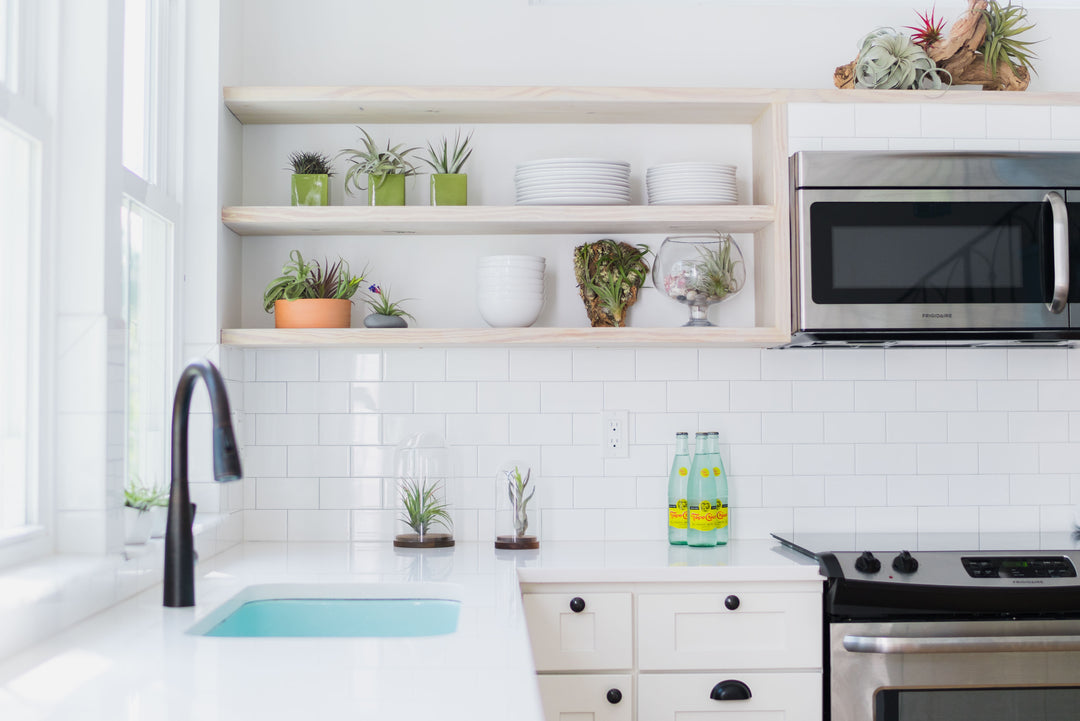
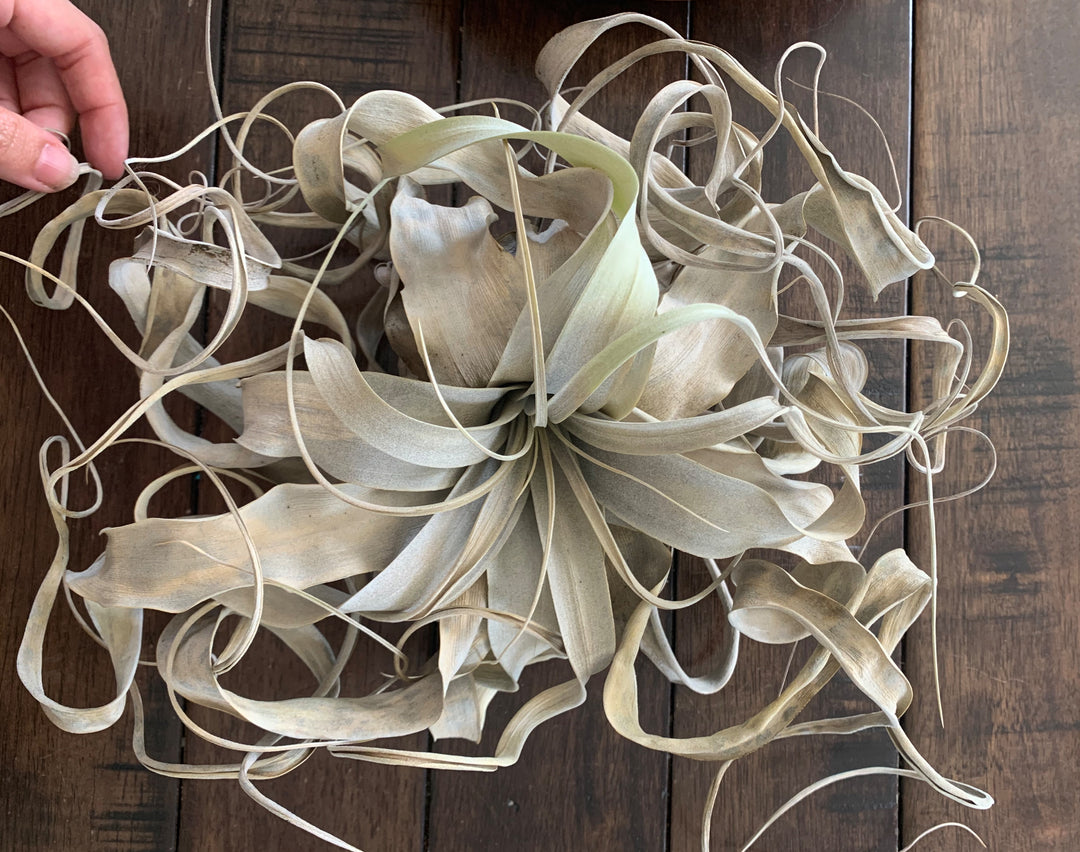
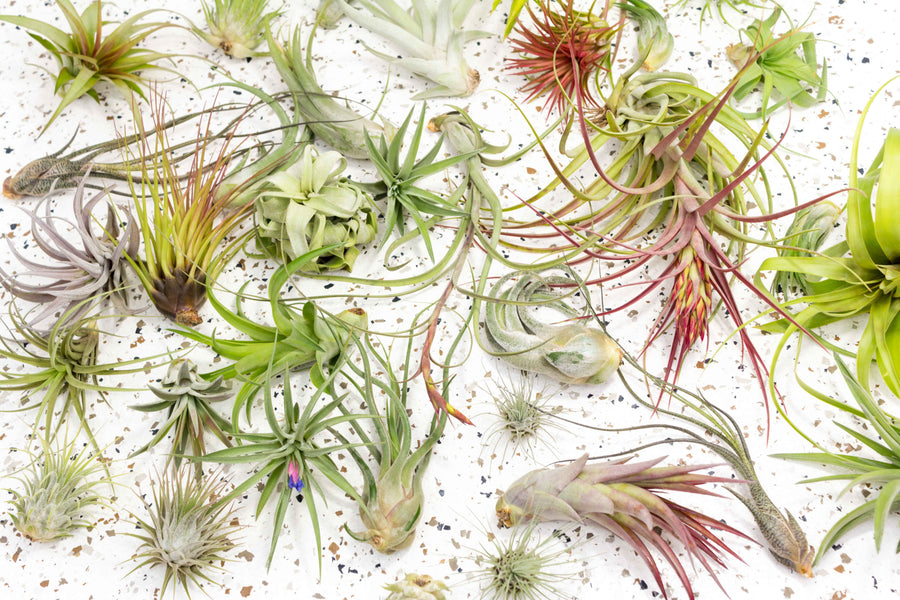
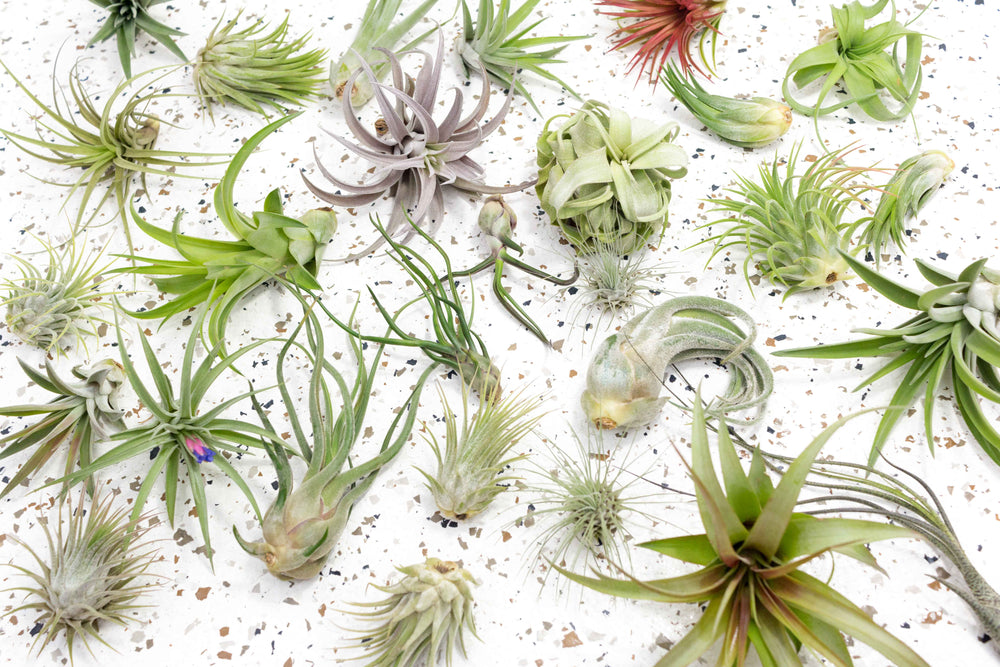
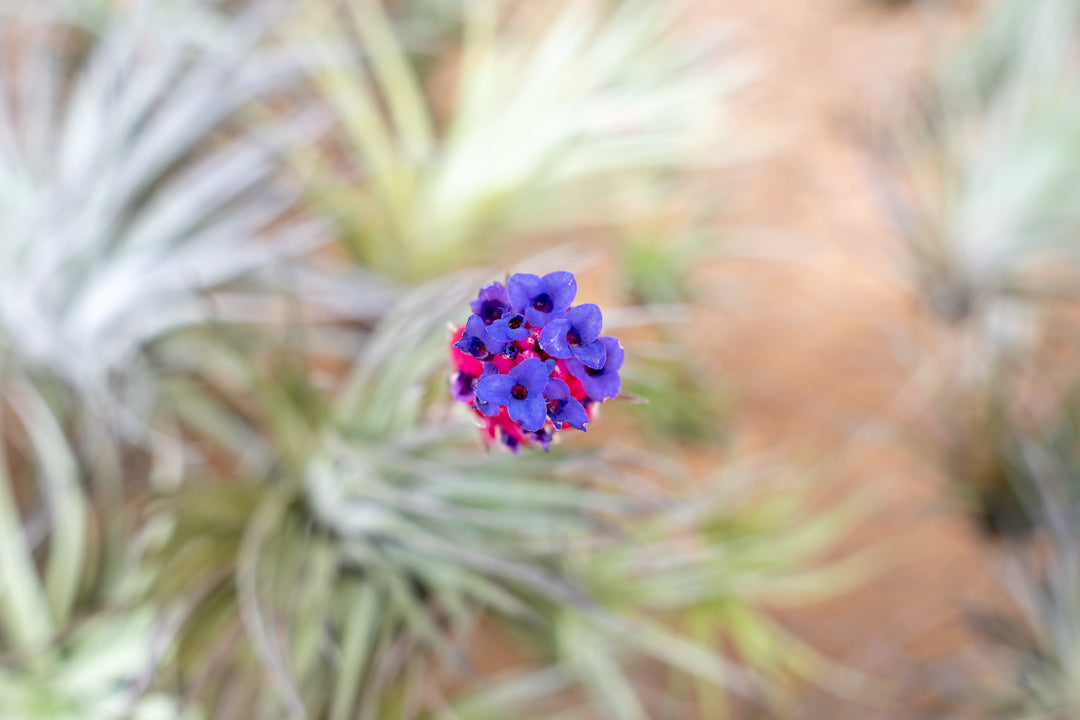
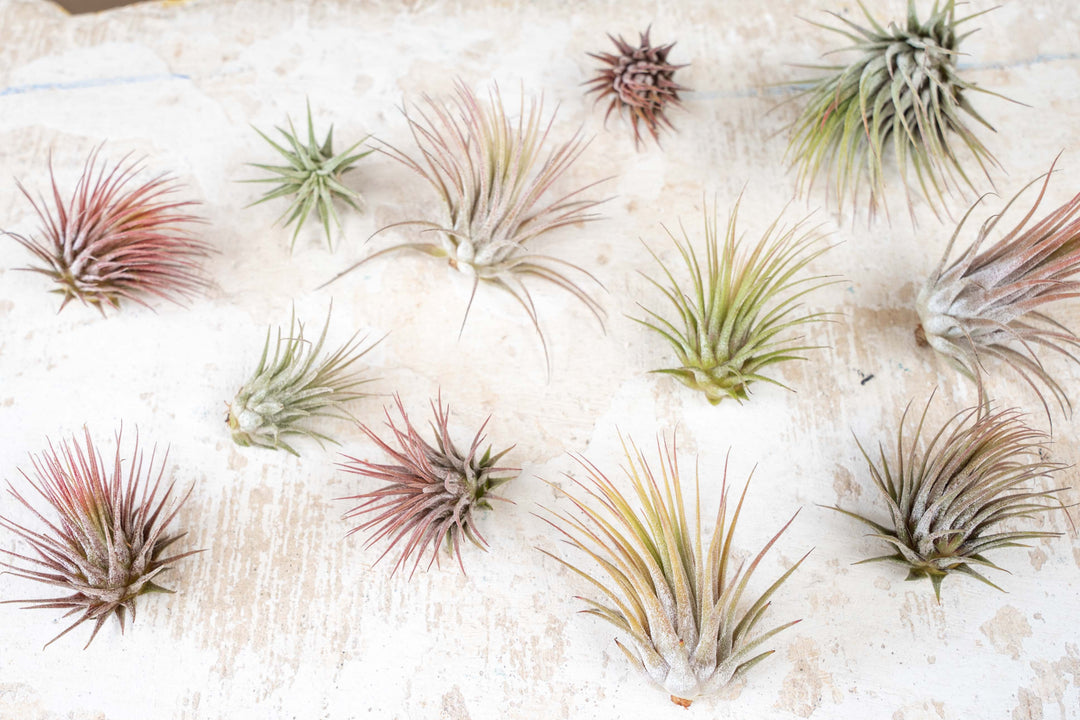
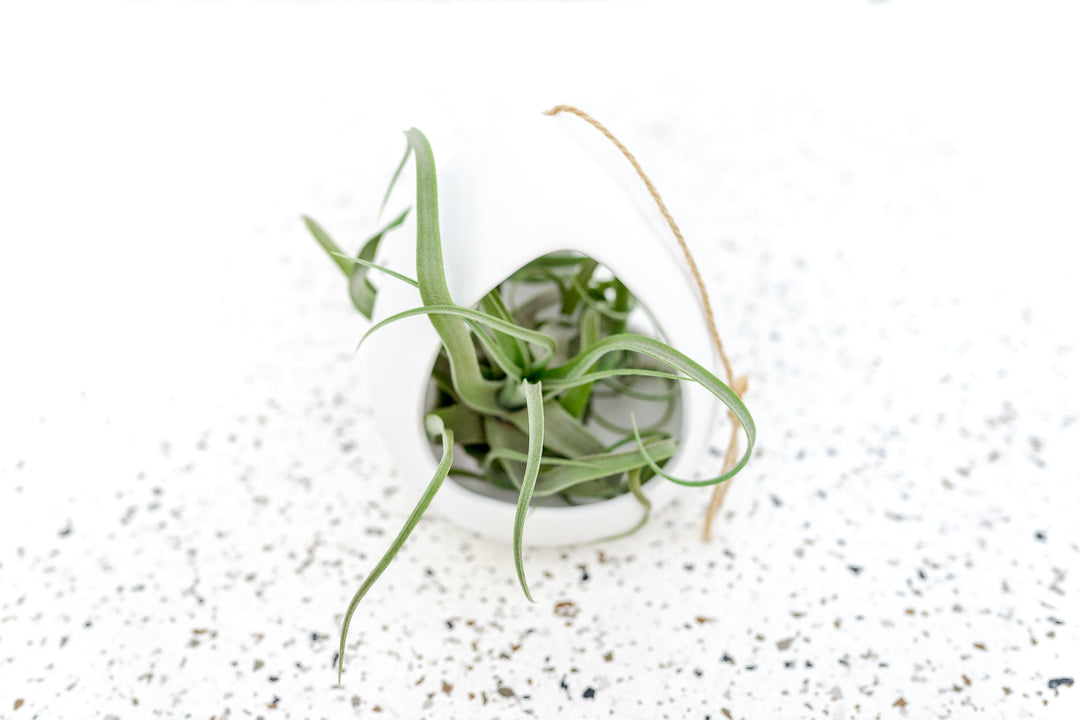
Leave a comment